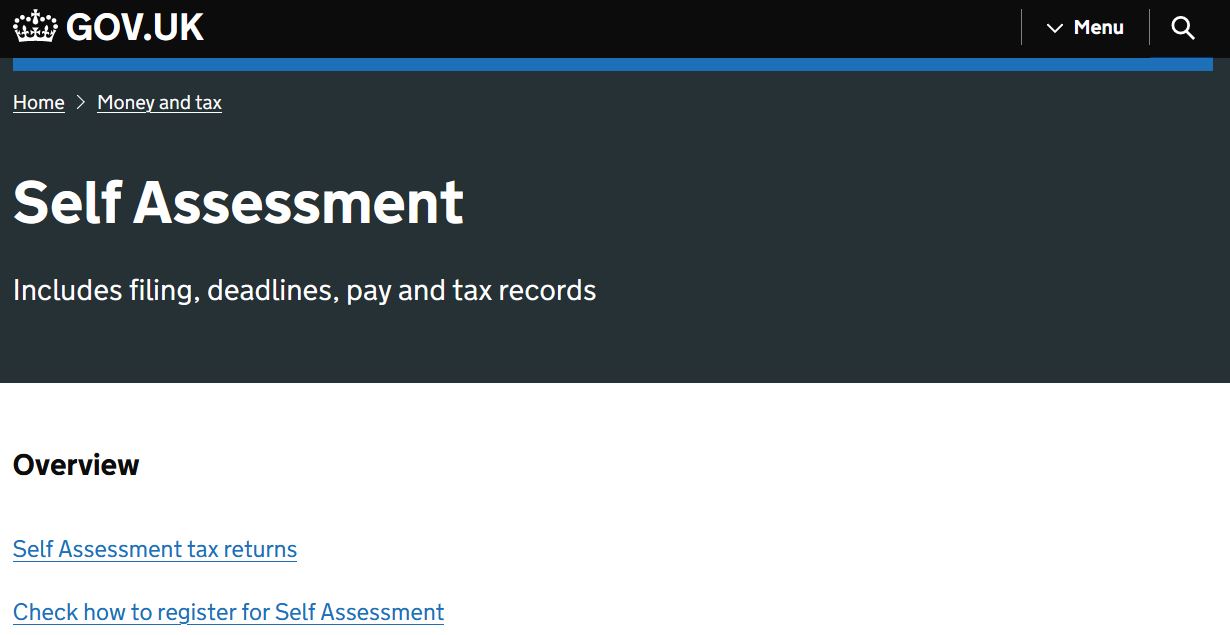If you are self-employed or in a trading partnership and your accounting year end does not match the tax year (April to March), new annual self-assessment reporting changes will impact you from this tax year.
What’s changing?
Previously, you were required to report the profits as declared in the accounting year end which fell during the tax year. So, if your accounting year followed the calendar year and ended on 31st December, you would have used those year end figures for your tax return. As an example, assuming you were completing your self-assessment for the 21/22 tax year (so after 6th April 2022), you would have used your profit figure as at 31/12/21 – the year end that occurred during the tax year.
From the 2023/24 tax year you will need to amend this and report the proportional profits that actually occurred during the tax year. This may mean taking some of the profit from your last accounting year and some of your profits from the current accounting year if they straddle the tax year end. Using the same example above, you would need to calculate your profits from 6th April 2021 to December 31st 2021 and then add the profits to date for the financial year from 1st January 2022 to 5th April 2022.
Tax year 2023/24 – Transition
Because the rules are changing during this current tax year, it is being treated slightly differently. For the 23/24 tax year, you will need to declare the profit from your accounting year end in 2022/23, up to 5 April 2024. This means that you will report profits from more than one accounting year. Still using the example above of an accounting year that follows the calendar year, the profits you will have to declare will cover from 1st January 2023 to April 5th 2024. This will require you to apportion profits from the year covering 1/1/23 to 31/12/23 and the year from 1/1/24 up to 5/4/24).
Because this will likely result in a higher than usual tax bill, HMRC is providing ‘Overlap Relief’ which covers the period beyond the usual 12-month window for profits. HMRC will shortly be providing guidance on how to calculate and record Transition profits and how to apply for Overlap relief. The overlap relief will mean tax on additional profits is spread over additional self-assessment returns up to the 27/28 tax year.
If your business accounting year ends on or between 31 March to 4 April, you can treat your accounting year as if it ends on 5 April. This means you can report those profits without apportioning for the 5 days after 31 March.
2024/25 and beyond
Because the transition year will effectively align all the reporting from self-employed and trading partnerships to the tax year, the process for 2024/25 and beyond will focus purely on the 12 months of the tax year. Whilst that may still require you to apportion profits from more than one accounting year, you will only ever be reporting against a 12-month window. You do not have to move your accounting year to tie in with the tax year, but this does remain an option, especially if you want to ensure you are declaring profits accurately. On this matter, HMRC is clear that if you do not know what your profit will be for the whole tax year, because your business accounts for the second part of the tax year are not finalised when you need to complete your return, you can estimate the profit and provide ‘provisional figures’ on your return. You will then need to amend your return when you know the correct figures.
These changes only apply to self-employed individuals or those in a trading partnership whereby the accounting year end does not match the tax year (April to March). Reporting for all other individuals and trading entities remain the same. If you are affected, you will need to change the way you complete your Self-Assessment tax return from the 2023 to 2024 tax year. If you’re unsure or would like us to calculate the proportional profits on your behalf, please contact us today. We can help.
